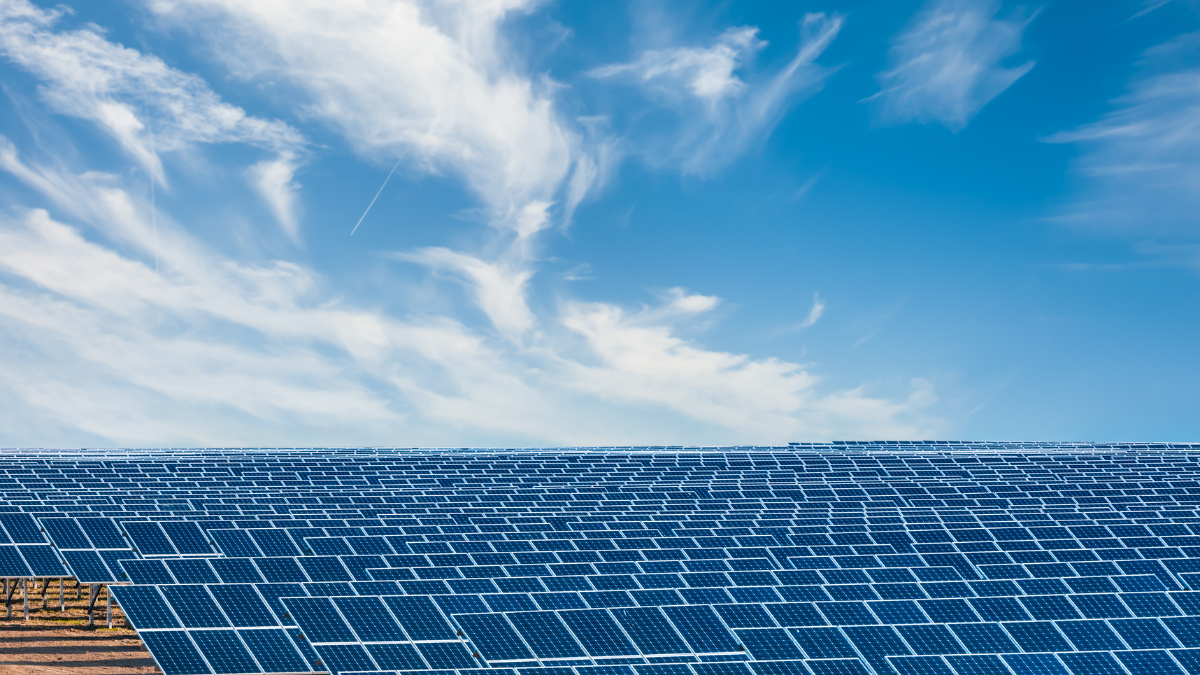Germany registers 130 hours of negative day-ahead power prices in May
Germany registered 130 hours of negative day-ahead power prices in May, driven by midday solar oversupply, as PV output regularly outpaced demand. The Fraunhofer Institute for Solar Energy Systems (Fraunhofer ISE) says prices dipped below €1/($1.14)MWh for 160 hours.

Germany registered 130 hours of negative day-ahead power prices in May, driven by midday solar oversupply, as PV output regularly outpaced demand. The Fraunhofer Institute for Solar Energy Systems (Fraunhofer ISE) says prices dipped below €1/($1.14)MWh for 160 hours.
From pv magazine Germany
Germany’s day-ahead electricity spot price turned negative for 130 hours in May, out of a total 744 hours for the month, according to data from Fraunhofer ISE.
Negative prices occurred on 21 of the 31 days in May, typically when photovoltaic systems were operating at full capacity – between mid-morning and mid-afternoon. These periods lasted from three to nine consecutive hours. The longest stretch was on May 11, when prices remained negative for nine hours and fell as low as -€250 /MWh at 1 p.m. (CEST). Fraunhofer ISE noted that retail customers with variable tariffs received credits for consumption during these hours, even after taxes and fees.
Fraunhofer ISE also reported that prices were exactly €0/MWh for nine hours in May and between €0 and €1/MWh for another 19 hours – levels insufficient to support PV system refinancing.
The volatility was underscored by the month’s peak price of €229.11/MWh, recorded on May 19 between 8 p.m. and 9 p.m. On several evenings, prices topped €200/MWh during peak household consumption, when solar generation was low. Fraunhofer ISE observed that these daily price peaks typically occurred around 8 p.m.
Operators of large battery storage systems have used these price swings to support revenue through arbitrage—charging during low or negative price periods and discharging at high demand. But storage capacity remains limited compared to generation peaks.
Germany’s installed PV output of roughly 105 GW is backed by only 2 GW/2.7 GWh of large-scale battery storage, according to May 2025 figures from RWTH Aachen University’s Battery Charts. Including residential and commercial systems, total installed capacity reaches 13 GW/20.3 GWh.
Germany posted 457 hours of negative prices in 2024, a roughly 50% increase from the previous year. By the end of May 2025, the figure had already reached 250 hours, with solar-heavy summer months still ahead.
What's Your Reaction?



























































